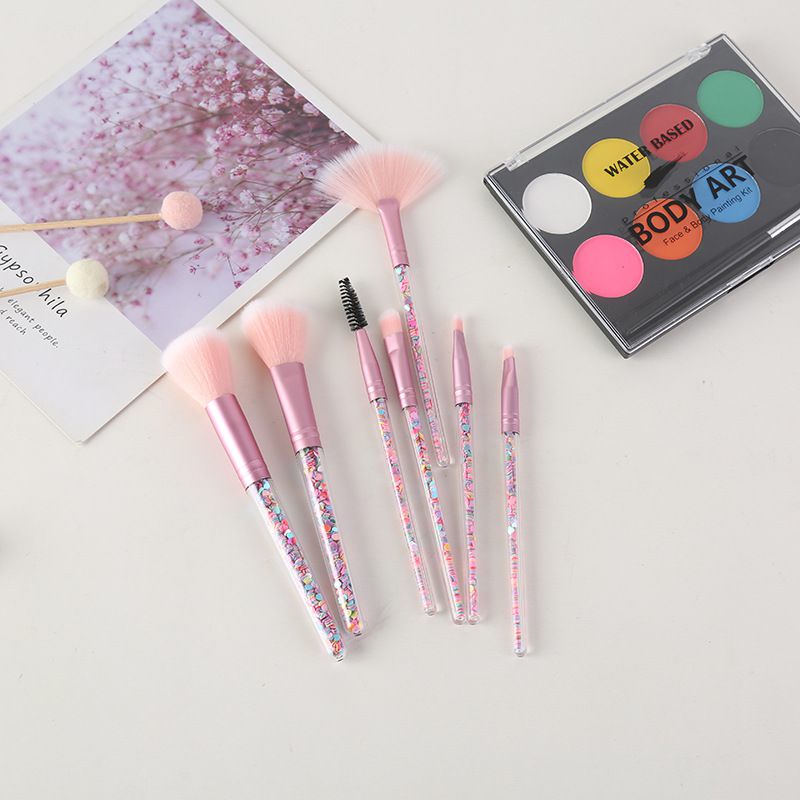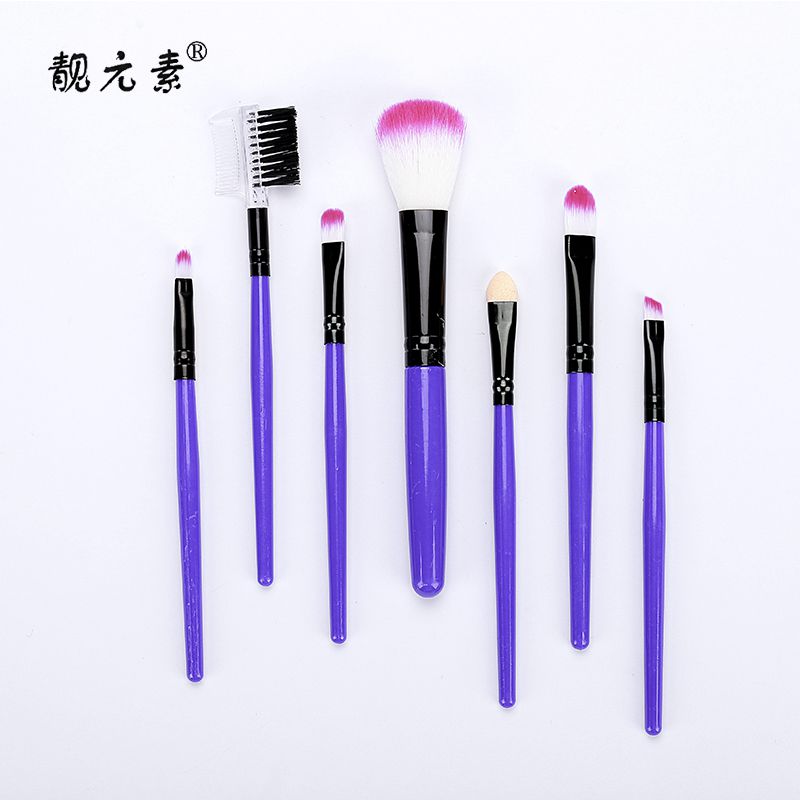Industry news
Chinese Brush Exporters Adapt to EU Reach Regulations for Bristle Chemicals
- 529 Views
- 2025-07-19 01:31:06
Chinese Brush Exporters Adapt to EU REACH Regulations: Innovations in Bristle Chemical Compliance
As the EU’s REACH (Registration, Evaluation, Authorization, and Restriction of Chemicals) regulations tighten control over chemical substances in consumer products, Chinese cosmetic brush exporters are undergoing a significant shift to align with stringent bristle chemical standards. As the world’s leading producer of cosmetic brushes, accounting for over 70% of global exports, China’s manufacturers face both challenges and opportunities in navigating these regulations, which aim to protect human health and the environment by restricting hazardous substances in products like bristle materials.

The Compliance Challenge: Bristle Chemicals Under Scrutiny
REACH’s SVHC (Substances of Very High Concern) list, updated regularly, includes substances like lead, cadmium, phthalates, and certain azo dyes—common in traditional bristle production. Cosmetic brushes, with bristles directly contacting skin, are under particular scrutiny. For Chinese exporters, non-compliance risks border rejections, fines, or loss of EU market access. A 2023 EU customs report noted a 12% increase in detained cosmetic brush shipments due to SVHC exceedances, highlighting the urgency for action.

Traditional bristle materials, such as low-grade nylon or animal hair treated with chemical conditioners, often contain trace hazardous substances. For example, some cheap synthetic bristles use phthalates as plasticizers to enhance flexibility, while natural hair may retain pesticide residues from animal rearing. Detecting these substances requires rigorous testing, adding costs: third-party lab fees for SVHC screening can increase production costs by 8–15% for small to medium enterprises (SMEs).
Adaptation Strategies: From Material Innovation to Supply Chain Overhaul
To meet REACH requirements, Chinese exporters are adopting multi-faceted strategies centered on innovation and transparency.
1. Material R&D: Sustainable, Low-Toxic Bristles
Leading manufacturers are investing in R&D to replace problematic materials. For instance, modified nylon 6/66 bristle, treated with eco-friendly additives, reduces SVHC levels to below 0.1%—the REACH threshold. Bio-based alternatives, such as PBT (polybutylene terephthalate) derived from plant starches, are gaining traction; one major exporter in Zhejiang reported a 30% increase in EU orders after switching to bio-PBT bristles. Natural materials are also being reimagined: sustainably sourced bamboo fiber bristles, free from pesticides and bleaching agents, now account for 15% of their EU-bound products.
2. Supply Chain Transparency and Testing
Exporters are strengthening upstream partnerships, requiring raw material suppliers to provide detailed SDS (Safety Data Sheets) and batch-testing reports. Some have established in-house labs: a Guangdong-based factory invested ¥2 million in HPLC and GC-MS equipment, cutting third-party testing time from 7 days to 48 hours. Collaborative platforms, like the China Bristle Industry Association’s “REACH Compliance Database,” allow members to share verified supplier information, reducing duplication of testing efforts.
3. Process Upgrades for Cleaner Production
Manufacturing processes are being revamped to minimize chemical use. Traditional dyeing, which often involves heavy metals, is replaced with water-based, low-VOC (volatile organic compound) dyes. UV curing technology, used to set bristle shapes, now uses photoinitiators compliant with REACH Annex XVII. These changes not only reduce chemical residues but also lower carbon footprints, aligning with EU’s sustainability goals.
Long-Term Gains: Compliance as a Competitive Edge
While initial investments are steep, compliance is driving market differentiation. EU buyers, particularly premium beauty brands, now prioritize REACH-certified suppliers. Data from China Customs shows that exporters with full REACH compliance saw a 18% YoY growth in EU sales in 2023, outpacing the industry average of 5%. Compliance also fosters trust: a survey by the EU Cosmetics Association found that 82% of European consumers prefer products with transparent chemical sourcing—benefiting Chinese brands positioning as “clean beauty” partners.
Looking ahead, as REACH expands its SVHC list (set to add 10 new substances in 2024), Chinese exporters must stay agile. Continuous R&D into biodegradable bristles and AI-driven chemical tracking systems will be key. By turning regulatory challenges into innovation drivers, China’s brush exporters are not just meeting standards—they’re shaping the future of global cosmetic tool sustainability.











